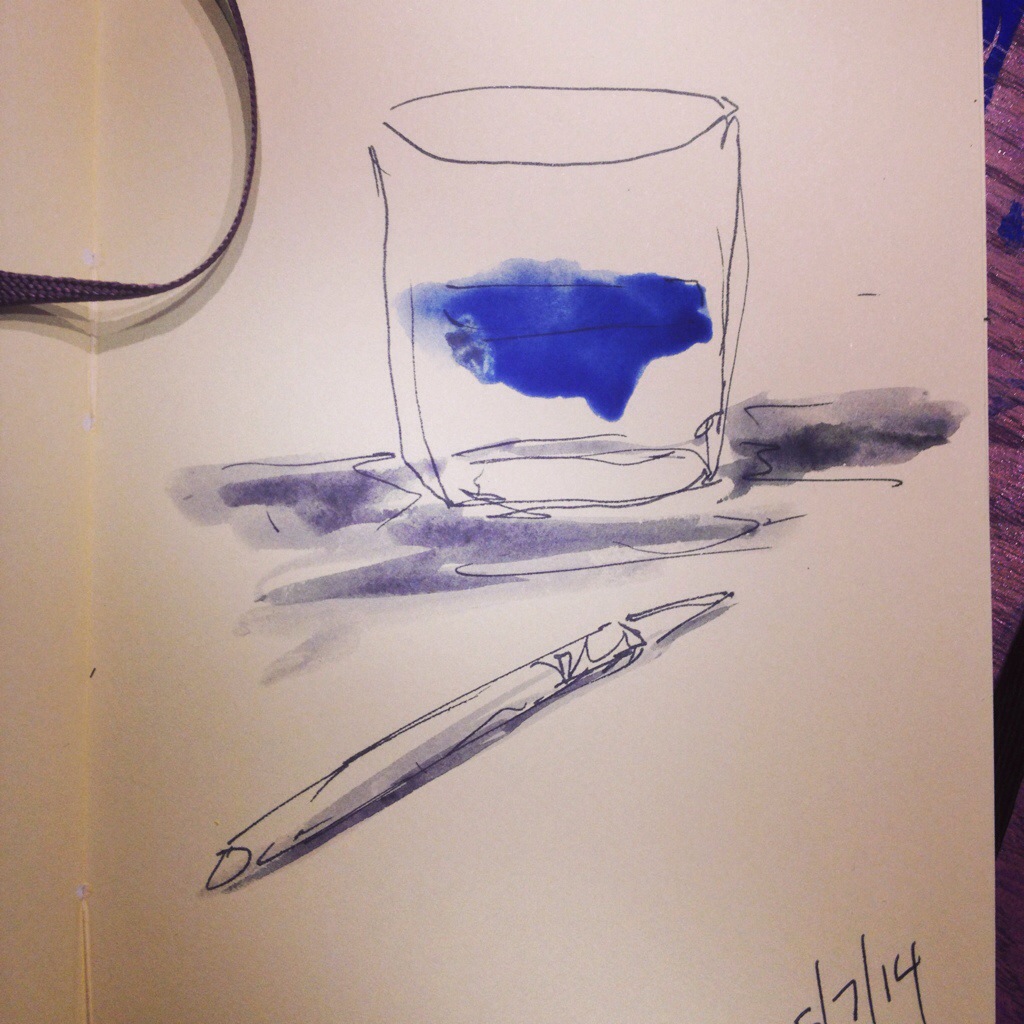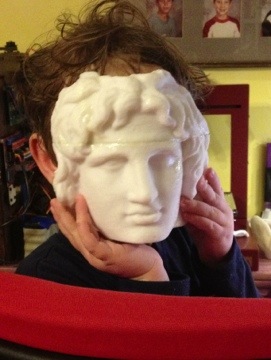Luis Valdez, founder of El Teatro Campesino (The Farm Workers Theater), who has been called “the founder of modern Chicano theatre and film”, gave the USITT Keynote this year at the conference in Long Beach. At first I thought it was concerned it might be another “you guys are great talk” from a director/actor. At the 50th anniversary of USITT, the keynote speaker was Suzanne Summers. And perhaps at this time i should clarify that USITT stands for United States Institute for Theatre Technology. So the room is a group of designers and technicians. Of course the majority of us, I hope, consider ourselves theater people/storytellers that tell stories using technological elements. Suzanne Summers’ speech was just rehashing “you guys are so great and I don’t know how any of that stuff works” over and over again. I would rather hear some inspiring talk about theater or a personal connection to art, than someone onstage flipping her hair back and saying “oh my god I am so glad you do that to I don’t have to.”
In Mr. Valdez’s beginning comments he said “You’re the other half of theater”, which could be seen as inclusionary, but we are still the ‘other’ which didn’t sit well with me. But as he continued, he told about his connection to art, theater and how he began his work with Teatro Campesino. And proved to be a very engaging and inspiring speaker.
Theater, he said, “is what goes on in the audience, not on stage.” That the act of theater was the journey the audience takes with their imagination during the performance, and that the work of everyone leads up to that. That is his essential idea about theater, that is this a collaboration between the audience and the storytellers. Theater, to Mr. Valdez, is a balance between the masculine and the feminine, the rational and the intuitive. He referred to it as “his search engine” that theater was what he used to explore life, its contradictions, foibles, and issues. It also is what he uses to articulate his thoughts about life as well.
His speech was totally engaging, with his story about beginning as a child of migrant workers. He was introduced to theater when his grade school teacher took his paper lunch bag, that he had to bring home to bring tomorrow’s lunch in, and ripped it up. He didn’t understand why she would do that. then she showed him how she was paper macheing a mask for the school play. He helped with the paper mache and also got cast in the show. Then his family left town to work somewhere else before it opened. His 30 days at that one grade school, and the one teacher, changed the course of his life forever.
He referred to a term tele-dramatics, it is his way of trying to encapsulate the intersection of theater, film, tv, and Internet video. That they are all aspects of the same impulse. Whether performed live or recored and played back thru various media it is all part of the same continuum of storytelling. And that in order to train in one you must be preparing students in the others. Because the students of today at not going to do just one thing. Look at the Pina Bausch film. It is a beautiful intersection of theater dance and film. I wish I could have seen it in 3d, Valdez, must have seen it in 3d. He saw a future for theater works in 3d film. When 3d is no longer a gimmick and creating a world to be a part of, can it begin to replicate the theater experience? By necessity and theater experience without community but a theater experience nonetheless. But would it give further life to the creations on a stage? That is definitely something to pursue, both as a way to further document the ephemera but also as a way to train our students in other media. Mr. Valdez paraphrased Lope de Vega saying “Give me a plank and a passion and I give you a play.” I wonder what Lope de Vega would say now, would it be: “give me a camera and a passion and I’ll give you a play.” It is hard to imagine what theater and performance will be like when my kids are grown up. The nature of what theater is is changing, and you don’t’ feel that more than in LA/Long Beach. TV and Film are present and vibrant in the culture. That’s what people are talking about. Theater trains you how to tell a story, but it can’t just stay the same.
I feel I have to end as Mr Valdez did “To whom does the future belong? To those who can imagine it.”




